Some of the links in this post are affiliate links. This means if you click on the link and purchase the item, I may receive an affiliate commission at no extra cost to you.
In case you were wanting to know the best Malapascua diving sites for your next trip we’ve got you covered.
Malapascua island, which is located off the north coast of Cebu island in the Philippines, is a hidden gem for scuba divers wanting a unique and unforgettable experience. This tiny island is known for its early morning thresher shark dives, where divers can witness these magnificent animals in their natural habitat.
In addition to the thresher sharks, divers can also explore the stunning coral reefs and encounter a variety of fascinating marine life including whitetip sharks and cuttlefish.
Diving in Malapascua offers a unique opportunity to see thresher sharks up close, which is on the bucket list of many divers. The sharks are not commonly found in other dive locations, and are known for their unique appearance, with an elongated upper tail fin that they use to their advantage when hunting prey.
Apart from the thresher sharks, divers can also experienced other exciting things underwater like exploring small underwater caves and tunnels, night diving, and wreck diving. The coral reefs around the island are home to an impressive array of marine life, including colourful reef fish, sea turtles, and other pelagic species.
Malapascua Island has a relaxed and friendly atmosphere, and there are plenty of dive shops and resorts that cater to divers of all levels and budgets. With it’s crystal clear waters, stunning coral reefs, and diverse marine life, diving in Malapascua is an unforgettable experience that should not be missed by scuba divers.
Before you read on, here are my top 3 diving products:
If you want decent pictures but don’t want to spend thousands on underwater camera gear, opt for a Go Pro.
An affordable dive mask that you feel comfortable in. Opt for a mask with a black base, rather than a see through one.
A wetsuit with the zip at the back. It’s easier to get out of a back zipped wetsuit than it is one zipped at the front. Especially when wet!
Read on to find the best Malapascua dive spots for your trip.
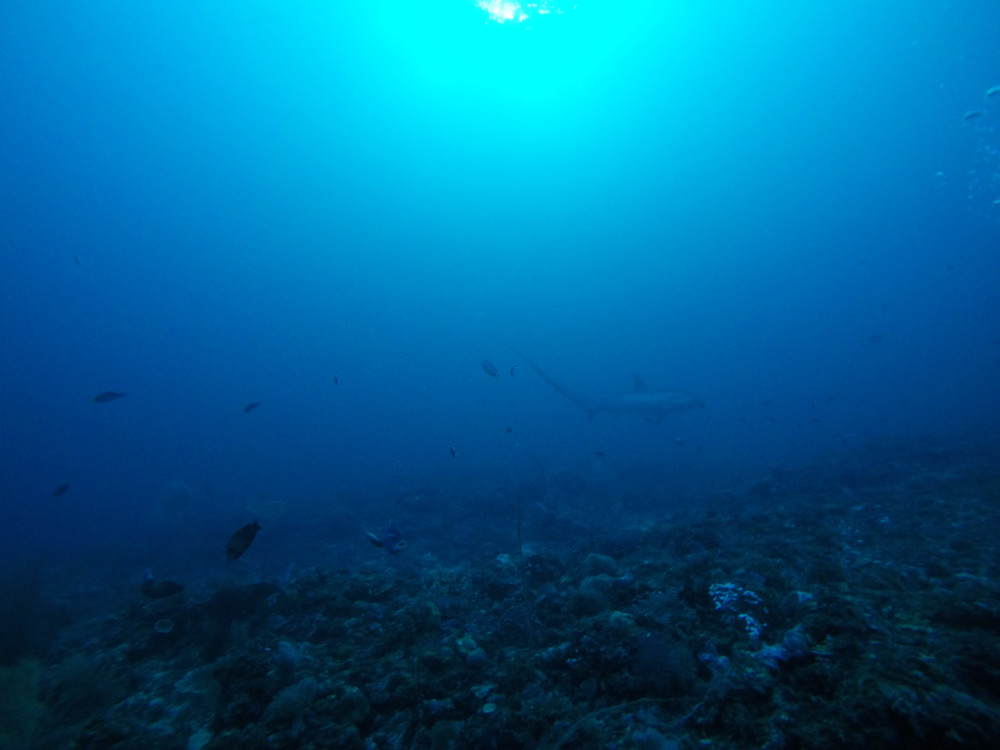
Monad Shoal
Monad Shoal is an underwater island and is the most popular diving site in Malapascua. The shoal is located on the edge of a 200m drop off. It is the only place in the world where thresher sharks can be seen every day.
There is a special dive area for the sharks. It involves a swimming dive with close encounters with the sharks but you won’t run into too many other divers.
As you swim you will see other marine animals, so you are guaranteed a great dive. In addition to threshers, the shoal also attracts large rays and other shark species.
Gato Island
One of the most famous Malapascua dive sites, Gato Island is a marine reserve and sea snake sanctuary. It boasts about 5 dive sites with a wide diversity of marine animals.
There are always new creatures including banded sea snakes, mating cuttlefish, seahorses, frogfish, porcupine fish and scorpion fish. At Gato’s Whitetip Alley, you are almost guaranteed to find whitetip sharks sleeping under rocks, if not circling.
The Guardhouse at Gato offers sightings of extremely rare pygmy seahorse, spider crabs and cowries. There are plenty of nudibranchs at Nudibranch City, as well as scorpion fish and hermit crabs.
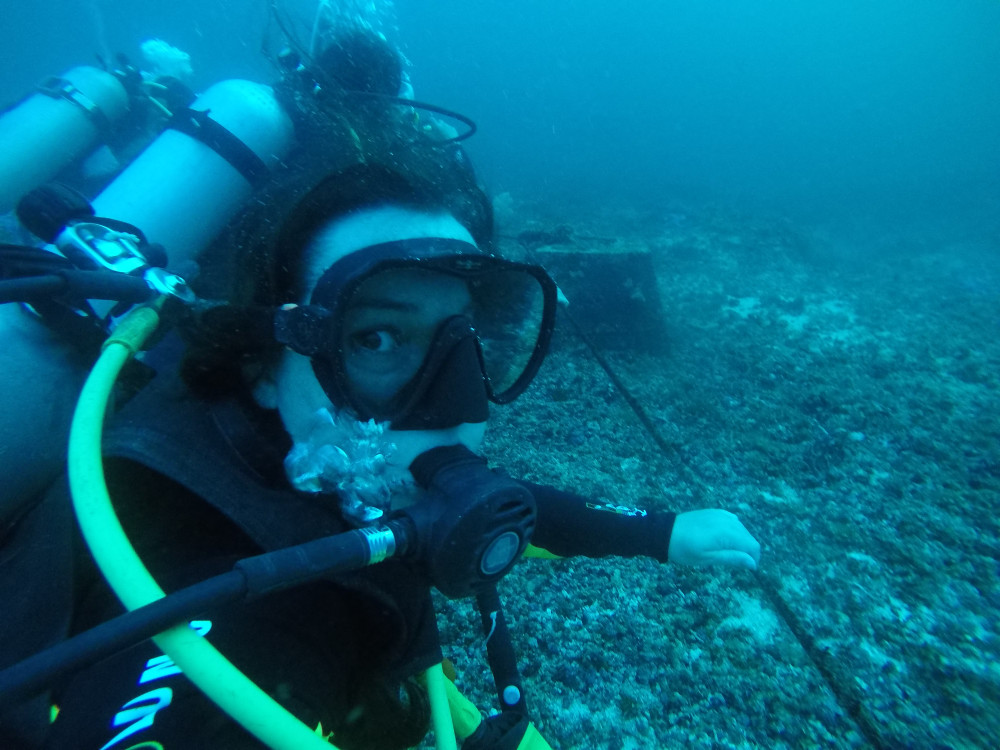
Lighthouse
One of the world’s most beautiful fish, the mandarin fish is certainly the most colourful. There are a few places in the world where they can be seen and Malapascua is one of them.
Even better, during the dive you can see mandarin fish in all their glory doing the mating dance, at certain times of year. Mandarin fish are quite rare, but in Malapascua you have a decent chance of seeing them.
Dusk is a great time to dive here and observe marine life amid the increased feeding and mating activity.
Bantigi
Bantigi offers a great muck dive that begins with a shallow reef transforming into a sandy bottom.
At around 12m you can see all sorts of unusual and amazing sea creatures. Goby and shrimp live together in holes everywhere, while small rocks often house the little mantis shrimp.
You can have the chance to see fire urchins, cuttlefish, snake eels, frogfish and snowflake moray eels. You may also spot dwarf lionfish and zebra crabs.
One rock is home to a big carpet anemone, and the anemone fish living there become aggressive if you get too close, so don’t. In addition, there are occasional sightings of mimic octopus and stargazers, while lionfish and porcelain crabs are common.
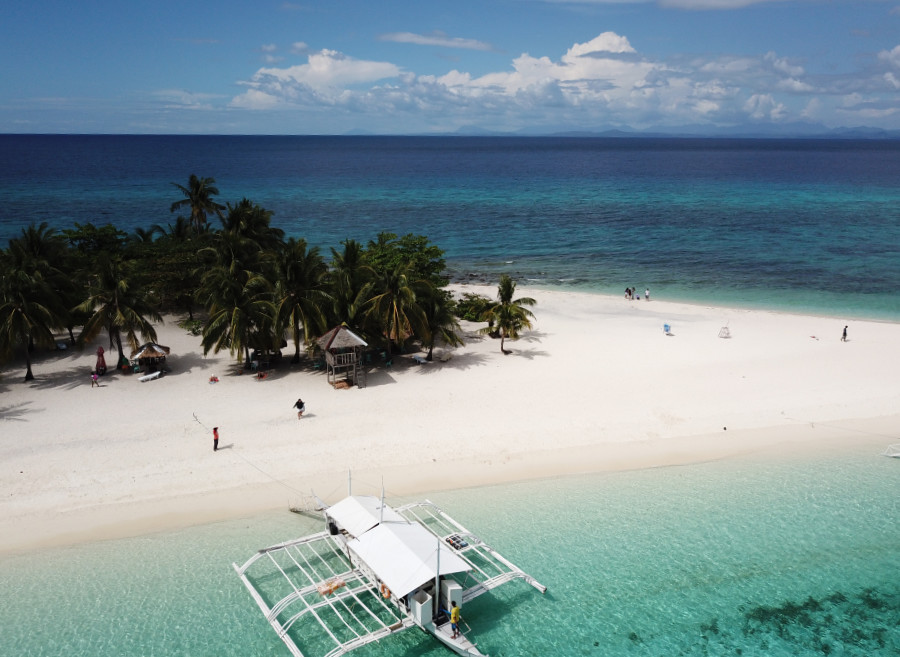
Kalanggaman Island
Kalanggaman is a picture postcard desert island with palm trees and a pile of white sand. It is surrounded by crystal clear waters and steep walls dropping off into the blue.
Visibility is normally good and fish is abundant. Dive down the walls covered with hard corals and gorgonian fans and inhabited by numerous fish species.
Look for sharks, garden eels, tuna, rays and barracuda or other, smaller things such as clown fish, hammerhead nudis and shrimps. You can also find Pygmy seahorses, white mushroom coral pipefish, and ornate ghost pipefish.
Kimud Shoal
Kimud Shoal is a sunken island whose main attraction is the school of over 200 hammerheads. These marine creatures can be regularly seen between December and April, and occasionally throughout the year.
The best time to see hammerheads in their full schooling glory is around April. At Kimud Shoal, you may also see thresher sharks, devil rays and mantas.
The top of the island has a lot of hard coral and good hiding spots for frogfish and moray eels. The sides are covered in soft coral that houses many species of shrimp and nudibranchs.
The eastern side is particularly interesting for its overhangs and rock formations. The drop off provides a chance to see sharks, tuna, rays and even dolphins.
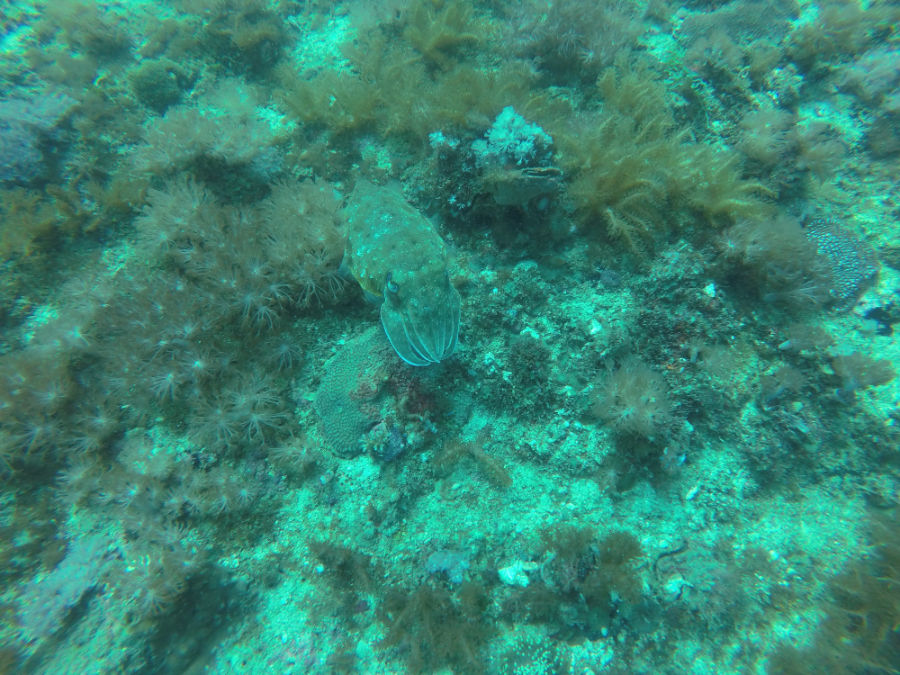
Lapus Lapus
Lapus Lapus Island boasts some of the most stunning coral growth ever seen. There is a wide spectrum of both hard and soft coral, mostly in pristine condition.
You can find different types of frogfish, including painted and giant frogfish, and cuttlefish. There are also many nudis with several varieties of shrimp (such as smashing mantis shrimp), and porcelain crabs.
At the end of the dive you will come 8m onto a seemingly endless gorgeous soft coral garden.
Chocolate Island
Chocolate Island is a spectacular shallow dive site and a paradise for macro photographers. The soft coral is healthy and home to a wide variety of marine life.
Here divers can spot snake eels, sea snakes, moray eels, cuttlefish (including flamboyant), seamoths (Pegasus), juvenile batfish and large crabs. Macro includes flatworms, nudibranchs, shrimp, cowries and shells.
If you are lucky, you will get to see the flatworms perform their interesting mating ritual.
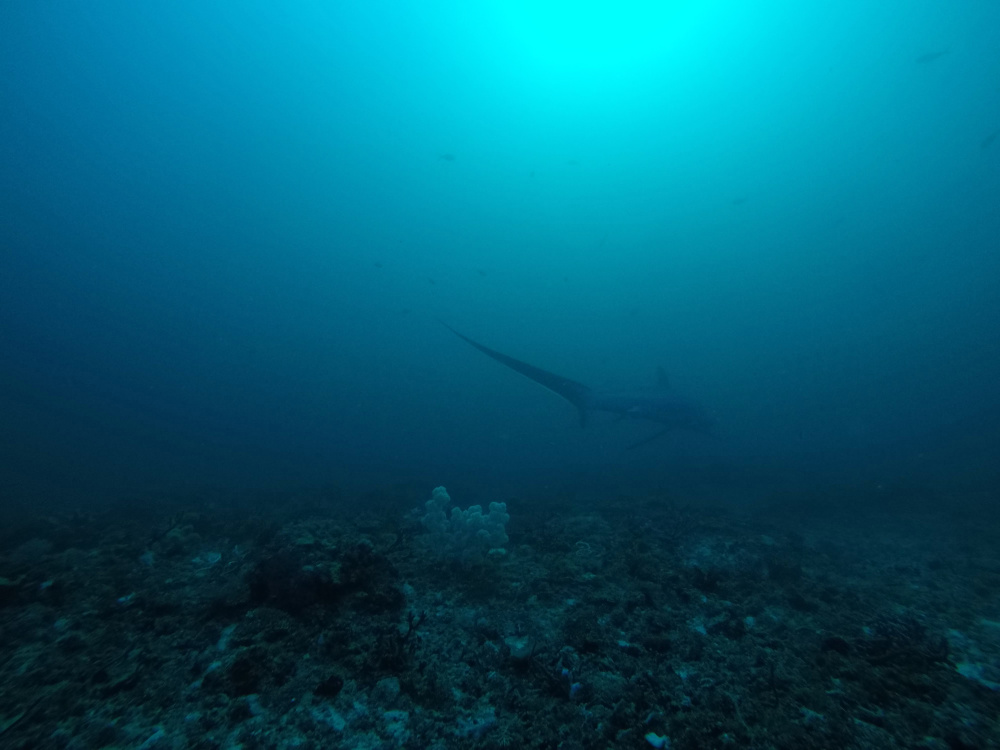
Nunez Shoal
Nunez Shoal is a spectacular wall dive that hosts a broad spectrum of marine life. As you approach the wall and drop off, look ahead for groups of garden eels in the sandy areas.
While dropping over the wall, look out into the blue for sharks and eagle rays. Along the wall you may spot white eyed and snowflake moray eels, scorpion fish, lionfish and rare nudibranchs.
Visibility is around 30m and there are large schools of small fish among the giant sea fans and sponges.
Sambowan
This is a very special dive in an isolated area that is rarely dived. Expect to see spectacular reefs with abundant marine life.
These include blacktip reef sharks, Bartlett’s dragonets, beaked coralfish, barracuda, Denise pygmy seahorse and tiger mantis shrimp among others.
Where to Stay in Malapascua
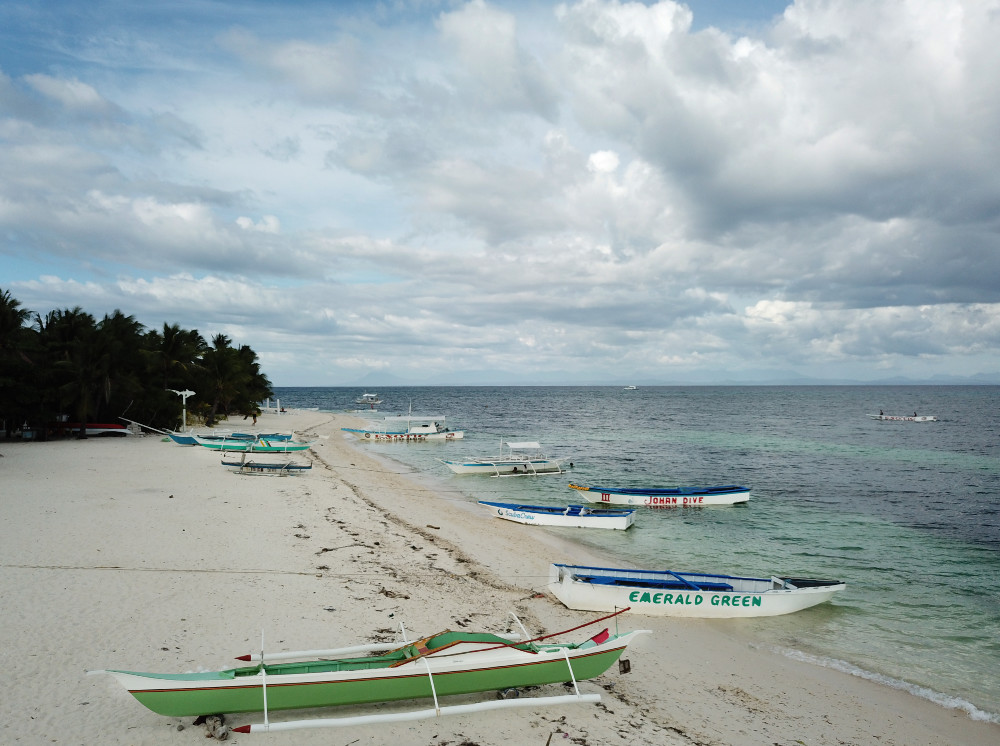
Midrange: Buena Vida Resort and Spa offers beautiful rooms with lovely living terraces integrated in a beautiful tropical garden. Guests can enjoy rest and relaxation, where they are treated to a tropical spa experience.
Luxury: Kandaya Resort is a luxury resort in Malapascua that offers convenient onsite amenities such as a massage and fitness room. Strategically located close to dive sites, the resort’s rooms feature thoughtful touches for a luxury stay.
In conclusion, Malapascua Island in the Philippines is a divers paradise, offering one of the more unique and breath taking dive experiences a diver may have. With its stunning coral reefs, clear waters, and wide range of marine life, diving in Malapascua is a place that should be on your bucket list.
As you can see above, the island is famous for its unique shark populations and stunning underwater landscapes. Gato island and Monad Shoal are the two most famous dive sites in the area, making them both a must do for your time on the island.
However if you have more time, the island has much more dive sites to offer as you can see in our article.
With the island inheriting the Philippines friendly atmosphere and professional diver operators, Malapascua is the perfect destinations for divers of all skill levels and budgets looking for a once-in-a-lifetime dive experience.
Leave a Reply